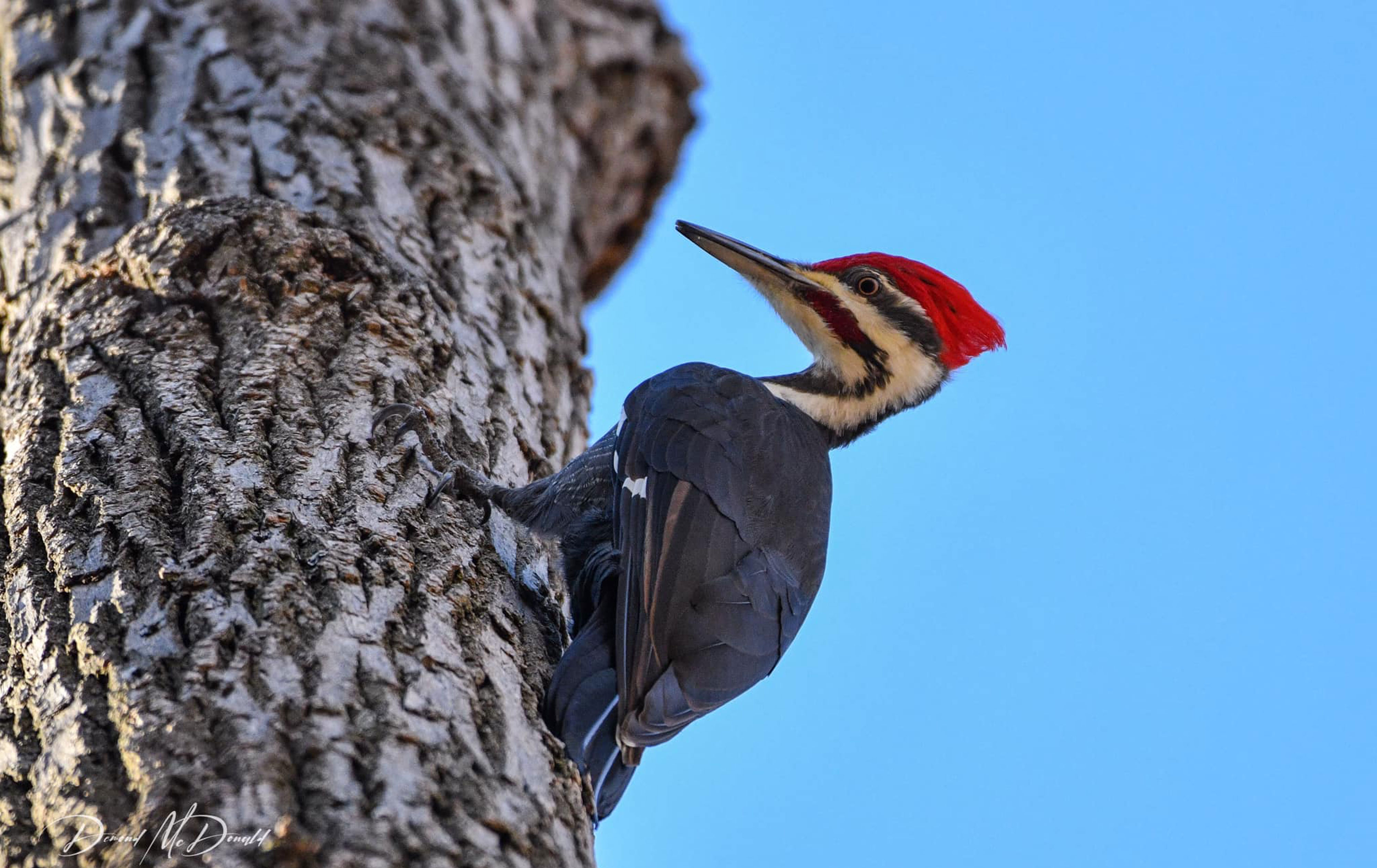Coming Across Woodpeckers in Florida Variety: Habitats and Habits
Coming Across Woodpeckers in Florida Variety: Habitats and Habits
Blog Article
Unveiling the Keys of Woodpeckers: Actions, Environment, and Extra
Woodpeckers, with their unique actions and specialized adaptations, have lengthy fascinated researchers and nature enthusiasts alike. By uncovering the enigmas surrounding woodpeckers' habits and habitat selections, a much deeper understanding of these avian wonders emerges, providing a look into their remarkable world.
Woodpecker Actions Insights
In examining woodpecker behavior, a fascinating screen of specialized abilities and adjustments arises, shedding light on their exceptional eco-friendly niche. Woodpeckers, known for their distinctive drumming on trees, possess a variety of behavioral traits that contribute to their survival and success in their setting.
Moreover, woodpeckers show a special feeding habits identified by their ability to extract insects from tree bark utilizing their specialized beaks. Their lengthy, barbed tongues help in catching prey, while their solid neck muscle mass supply stability and accuracy throughout pecking motions. This feeding strategy permits woodpeckers to gain access to covert insect larvae and remove them with amazing performance.
Habitat Preferences and Selection
What variables influence the environment preferences and option of woodpeckers? Woodpeckers are extremely adaptable birds recognized to populate numerous atmospheres worldwide. They do display choices for certain habitat features. One vital factor influencing woodpecker habitat selection is the schedule of appropriate nesting websites. Woodpeckers typically prefer woodlands with a mix of fully grown trees that supply enough possibilities for cavity excavation. These tooth cavities function as critical nesting and roosting sites for woodpeckers and are crucial for their reproducing success.
Additionally, woodpeckers reveal a choice for habitats with a bountiful supply of food resources. They are mainly insectivorous, feeding upon beetles, ants, larvae, and other bugs discovered in decaying wood or tree bark. For that reason, woodpeckers often tend to favor woody areas with a varied insect populace to satisfy their dietary needs.
Additionally, the visibility of dead or decaying trees is an additional key consider woodpecker habitat choice. These trees not just give food sources but likewise use ideal substrate for cavity excavation. Dead trees are necessary for the upkeep of healthy woodpecker populations, as they play a crucial duty in the woodpeckers' life process and ecological community characteristics.
Feeding Habits and Diet Regimen Composition
Woodpeckers demonstrate a specialized feeding behavior focused on foraging for insects within various habitats. Their diet primarily contains pests such as beetles, ants, caterpillars, and crawlers, which they find by tapping on tree bark and listening for click here to read the audio of activity inside. Woodpeckers use their strong beaks to pierce right into the wood and their long, barbed tongues to remove victim from gaps. In addition to bugs, woodpeckers likewise consume tree sap, fruits, nuts, and seeds, including variety to their diet regimen relying on the season and availability of food resources.
The foraging methods of woodpeckers are well-adapted to their arboreal way of life (Woodpeckers in Florida). Their ability to excavate timber not just offers them with food however likewise assists in producing nesting dental caries and developing areas. Woodpeckers play an essential role in keeping the wellness of woodlands by regulating insect populaces and assisting in the decay of wood. address Understanding their feeding habits and diet regimen make-up is vital for conservation efforts aimed at protecting these one-of-a-kind and valuable birds.
Drumming Sounds and Interaction
Using rapid drumming audios on various surface areas, woodpeckers utilize a distinctive kind of communication to indicate region limits and bring in mates. This drumming behavior is not only a method of communication however additionally works as a method for woodpeckers to establish their visibility within a particular area. The intensity, rate, and pattern of the drumming can convey essential details to various other woodpeckers around.
Woodpeckers utilize drumming audios to introduce their presence in a territory and to caution off prospective burglars. The loud and recurring nature of the drumming functions as a clear signal to other woodpeckers that the area is currently asserted. This helps in minimizing problems and decreasing physical confrontations in between people.
)
Survival Adaptations and Specialized Anatomy

Final Thought
Finally, woodpeckers display special habits, such as drumming noises for communication, and have actually specialized makeup for survival in their selected habitats. Their feeding practices and diet composition further show their versatility to different atmospheres. By understanding these facets of woodpeckers, scientists and guardians can better shield and protect these fascinating birds and their ecosystems.
Report this page